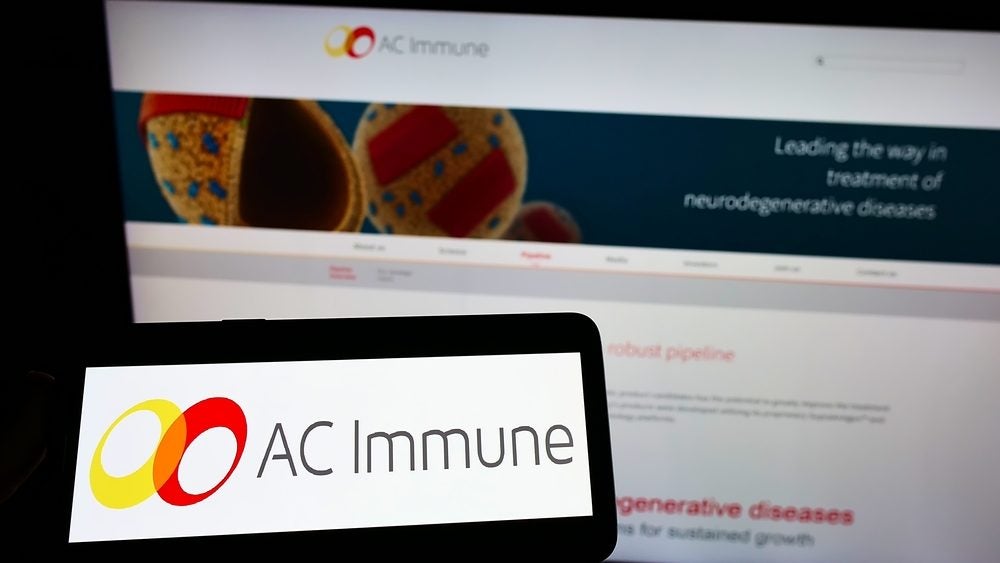Last week, the unmanned Chang’e-5 probe was accelerated into space, part of a mission which will see China become the first country to retrieve lunar samples since 1976. With its Chang’e-4 mission completed last year, China became the first country to achieve a soft landing on the far side of the Moon. Meanwhile, here on Earth, China has witnessed a technological acceleration of a different sort, seeing its push to climb up the pharmaceutical value chain begin to bear fruit. Last month, Alphamab Oncology and 3D Medicines – both domestic companies – filed a new drug application for PD-1 inhibitor envafolimab in the treatment of microsatellite instability-high/deficient mismatch repair advanced solid tumours. Local biotech CStone Pharmaceuticals also filed an NDA in November for PD-1 inhibitor sugemalimab in combination with chemotherapy in non-small cell lung cancer.
China’s massive investment over the last couple of years to turn the country from the fringes of the global biotech sector into a world leader in innovative pharma has the potential to be a gamechanger for multinationals operating in the domestic market. Already, at least one homegrown asset has adopted an aggressive pricing strategy vis-à-vis its competition, going in at less than one-third the price of the imported market leader. At the same time, for those companies not going head to head, such accelerated growth in the domestic sector may offer increasingly attractive opportunities for licensing deals or acquisitions. To mark the fast-growing importance of the Chinese market, IHS Markit this week launched a major expansion of its Chinese pharmaceutical pricing data in PharmOnline International (POLI) to ensure the most comprehensive data on the market is available, while at the same time adding critical new data on China to our IRP Matrix, a toolkit to assess international ripple effects of pharmaceutical price changes.
Notably, China is reportedly aiming to include six PD-1 inhibitors – two imported, four domestically developed – in the 2020 revision of its National Reimbursement Drug List (NRDL), which is currently underway. In September of this year, companies were invited to submit negotiation and bidding materials for the annual update. Applicants have since submitted dossiers to the National Medical Insurance Center. In mid-November, it was announced that the National Healthcare Security Administration had completed expert review of a list of more than 700 treatments eligible for inclusion in the NRDL, which is expected to be updated by the end of this year.
Through an increasingly dynamic and formalized procedure for NRDL revision, China appears increasingly eager to accelerate market access in the country, positioning it to rival major pharma markets as a top launch destination.
The evolution of the NRDL has been dramatic. 2017 saw the first update of the list in eight years. China has continued to expand the number of experts selected to review candidate treatments for inclusion, with more than 20,000 such professionals involved in 2019. A focus on pharmacoeconomics as part of this evaluation will continue to grow, with drug makers expected to marshal ever-more robust data to defend proposed reimbursement prices.
Indeed, negotiations with authorities bring considerable pressure to bear on prices. In the 2019 update of the NRDL, regulators negotiated an overall average price reduction of 60.7%. Still, even if reimbursement coverage generally entails steep price negotiations, inclusion is coveted by multinationals due to the sheer boost in volume that it can secure and the high-growth potential of this segment.
How well do you really know your competitors?
Access the most comprehensive Company Profiles on the market, powered by GlobalData. Save hours of research. Gain competitive edge.

Thank you!
Your download email will arrive shortly
Not ready to buy yet? Download a free sample
We are confident about the unique quality of our Company Profiles. However, we want you to make the most beneficial decision for your business, so we offer a free sample that you can download by submitting the below form
By GlobalDataOne of the drivers of these pricing outcomes is China’s increasingly formalized use of international reference pricing (IRP). Authorities tend to rely on the lowest price in the basket of potential reference countries to set a ceiling for negotiations with manufacturers, who are typically expected to propose an additional discount on top.
As part of the primary research performed for the last edition of our International Reference Pricing Guidebook, policymakers confirmed that China has not operated a formally defined reference basket as such. Rather, authorities have referenced prices from among a variety of potential markets, including neighbours such as Taiwan, South Korea and New Zealand, as well as countries such as Germany, France and Canada.
During the 2019 NRDL revision, China is known to have made changes which are gradually formalizing its approach to IRP. Manufacturers were required to submit prices in a number of defined markets, including new ones such as Turkey. It is now expected that China may alter these rules on an annual basis. This rapidly evolving framework places a premium on up-to-date market intelligence and an understanding of what drives pricing outcomes in China’s reference markets in turn.









Related Company Profiles
IHS Markit Ltd
CStone Pharmaceuticals Co Ltd
3D Medicines Inc
Alphamab Oncology